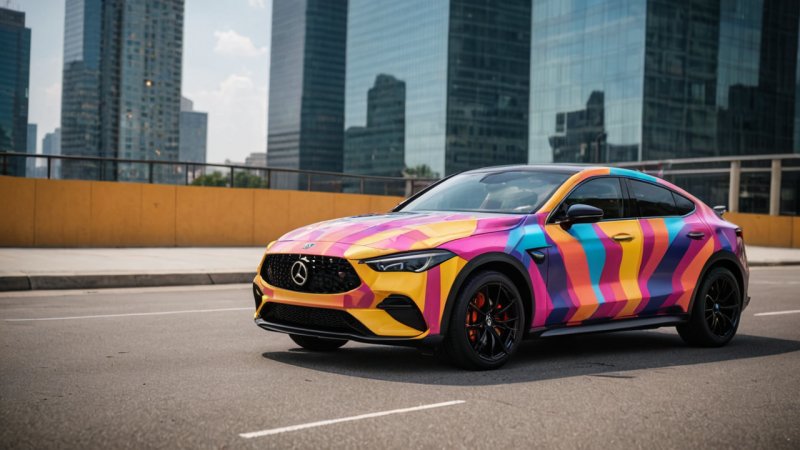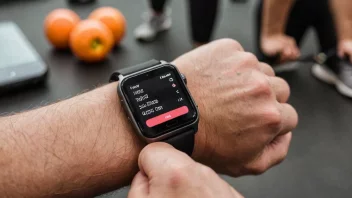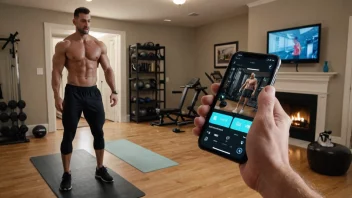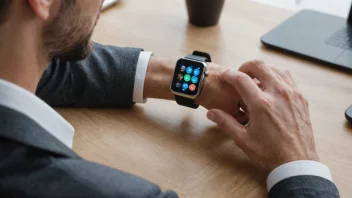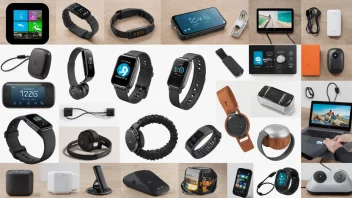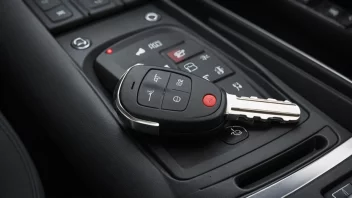The automotive world is undergoing a significant transformation, driven by technological advancements that are reshaping how we customize and personalize our vehicles. Gone are the days when a simple paint job sufficed for car enthusiasts looking to make their ride stand out. Today, vehicle wraps have emerged as a popular and innovative method of customization, offering a plethora of options that combine aesthetics with cutting-edge tech. This article will delve into how vehicle wraps and customization are evolving alongside modern technology, exploring the benefits, the materials used, and the future of this exciting industry.
The Rise of Vehicle Wraps
Vehicle wraps have gained popularity over traditional paint jobs due to their versatility, affordability, and ease of application. A vehicle wrap is essentially a large vinyl graphic or decal that is applied directly to the surface of the car, allowing for vibrant colors and intricate designs without the permanence of paint. This has made wraps an attractive option for both personal vehicles and commercial fleets, enabling businesses to advertise while providing a unique look at the same time.
Technological Innovations in Wrap Materials
One of the key factors contributing to the evolution of vehicle wraps is the advancement in vinyl technology. Modern wraps are often made from high-quality materials that are more durable and resistant to fading, scratches, and weather conditions. For instance, many manufacturers are now producing wraps with air release technology, which allows for easier application and minimizes the risk of bubbles during installation.
Moreover, the introduction of 3D and textured finishes has expanded the creative possibilities for customization. Car enthusiasts can now choose from a range of finishes, including matte, gloss, metallic, and even carbon fiber textures. These innovations not only enhance the visual appeal of vehicles but also provide protection against the elements, extending the lifespan of the wrap.
Integration of Design Software and Technology
The process of designing vehicle wraps has also been revolutionized by technology. Graphic design software has become more sophisticated, allowing designers to create intricate and personalized designs with ease. Programs like Adobe Illustrator and specialized wrap design tools enable users to visualize how a wrap will look on their vehicle before the actual application takes place.
In addition, some companies are incorporating augmented reality (AR) into their design processes. This technology allows potential customers to see a virtual representation of their customized vehicle in real-time, providing a more immersive experience. By using AR, customers can experiment with various colors, styles, and finishes, ensuring they are satisfied with their choices before committing to the wrap.
The Role of Digital Printing in Customization
Advancements in digital printing technology have also played a significant role in the evolution of vehicle wraps. High-resolution printers can now produce stunning graphics with incredible detail and color accuracy. This means that custom designs can be replicated with precision, allowing for unique and personalized wraps that truly reflect the owner's personality.
Furthermore, eco-friendly inks and materials are becoming more prevalent in the industry, catering to the growing demand for sustainable options. As consumers become more environmentally conscious, manufacturers are responding by offering wraps that have a lower environmental impact without compromising on quality.
The Future of Vehicle Wraps and Customization
Looking ahead, the future of vehicle wraps and customization is promising. As technology continues to advance, we can expect to see even more innovative materials and techniques emerge. For instance, the integration of smart technology into wraps could lead to the development of color-changing or light-up wraps that respond to environmental conditions or user preferences.
Additionally, the rise of electric and autonomous vehicles may influence the way we approach vehicle customization. As these vehicles become more common, the demand for wraps that can easily be changed or updated may increase, allowing owners to adapt their vehicles to suit new trends or personal preferences.
Conclusion
The evolution of vehicle wraps and customization is a testament to how technology is transforming the automotive industry. With advancements in materials, design software, and printing technology, car enthusiasts now have more options than ever to express their individuality and enhance their vehicles. As we look to the future, it is clear that the intersection of technology and automotive customization will continue to provide exciting opportunities for creativity and innovation.
